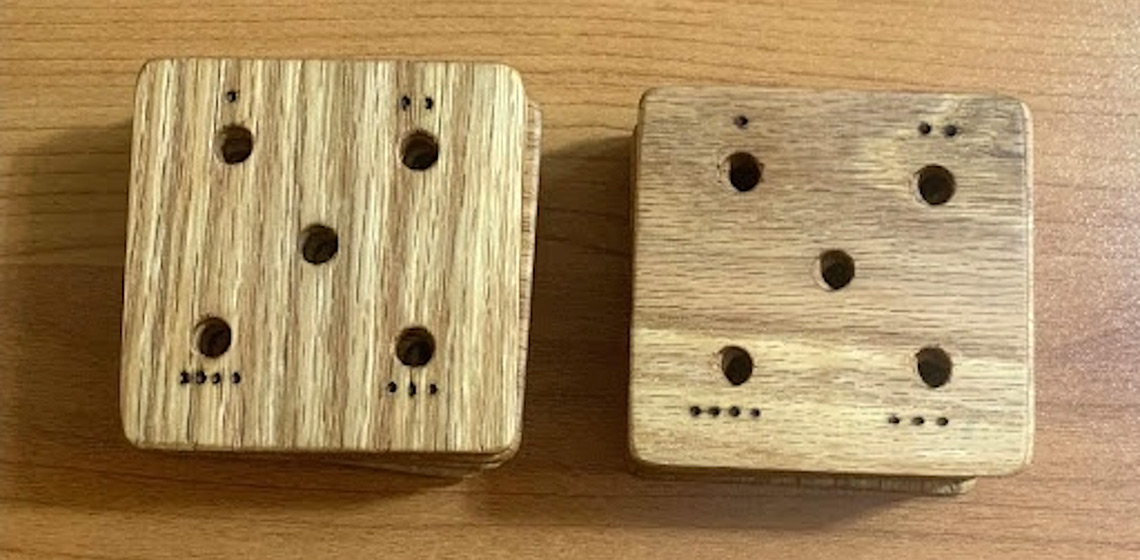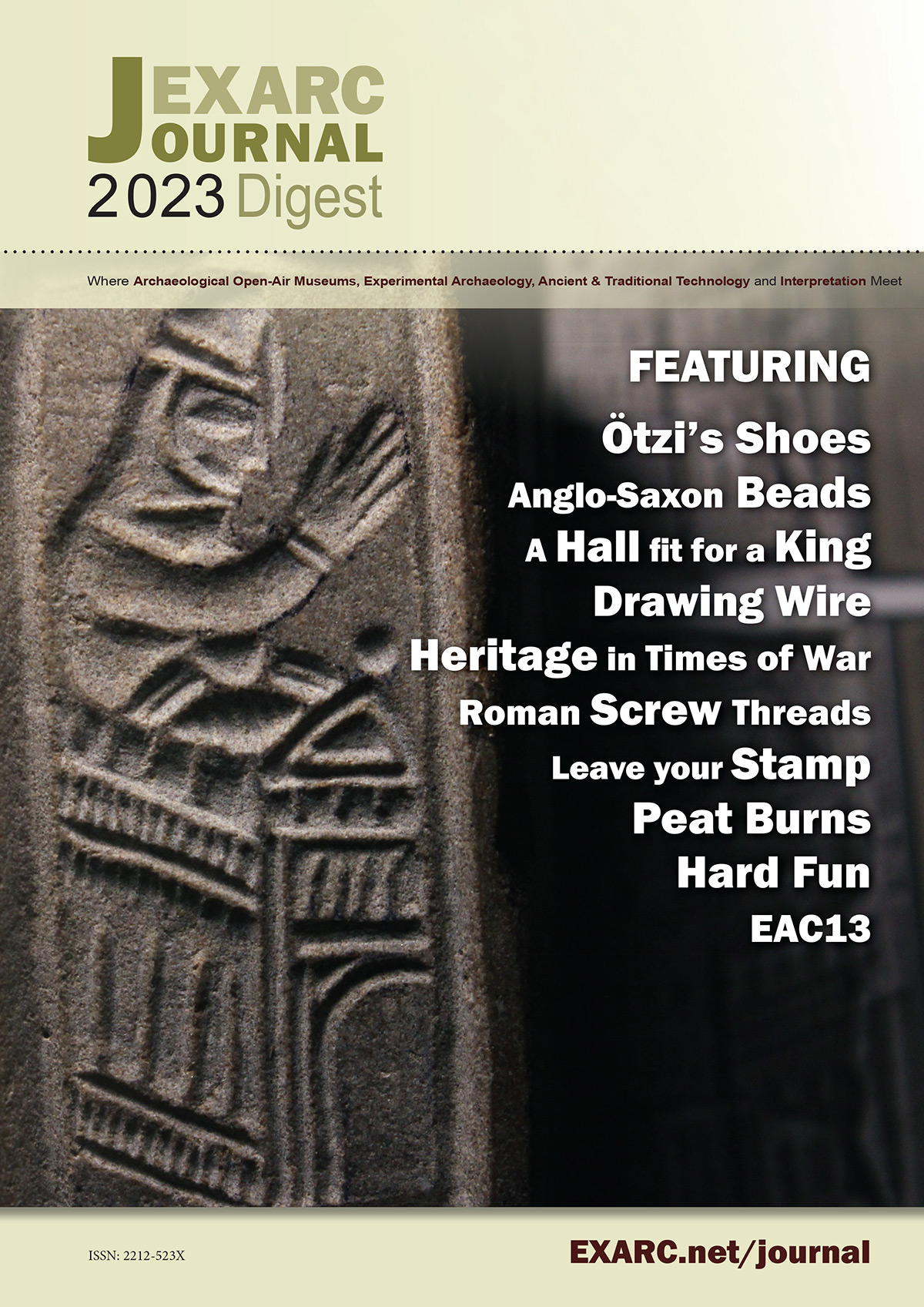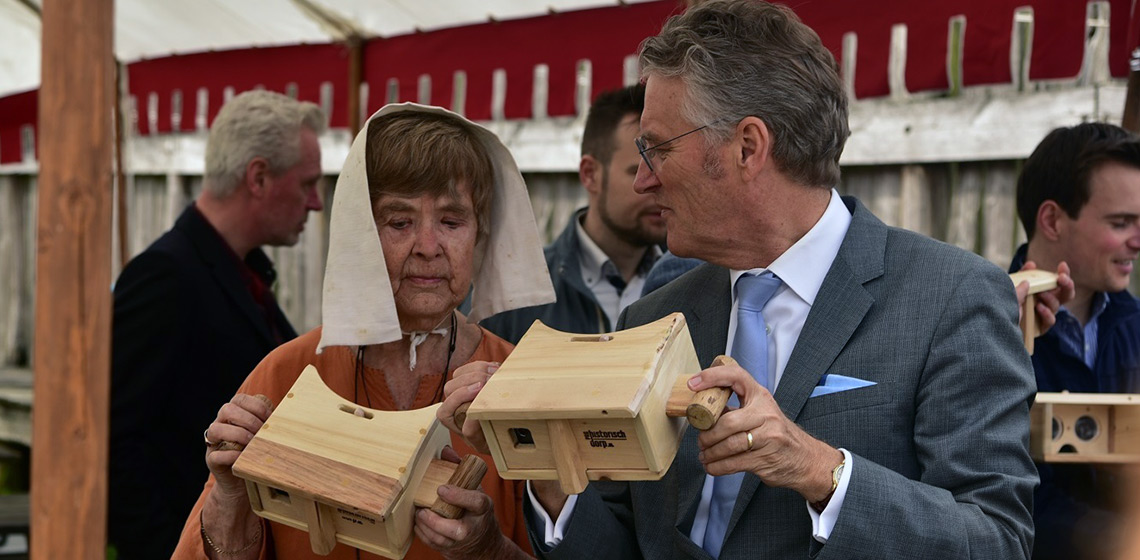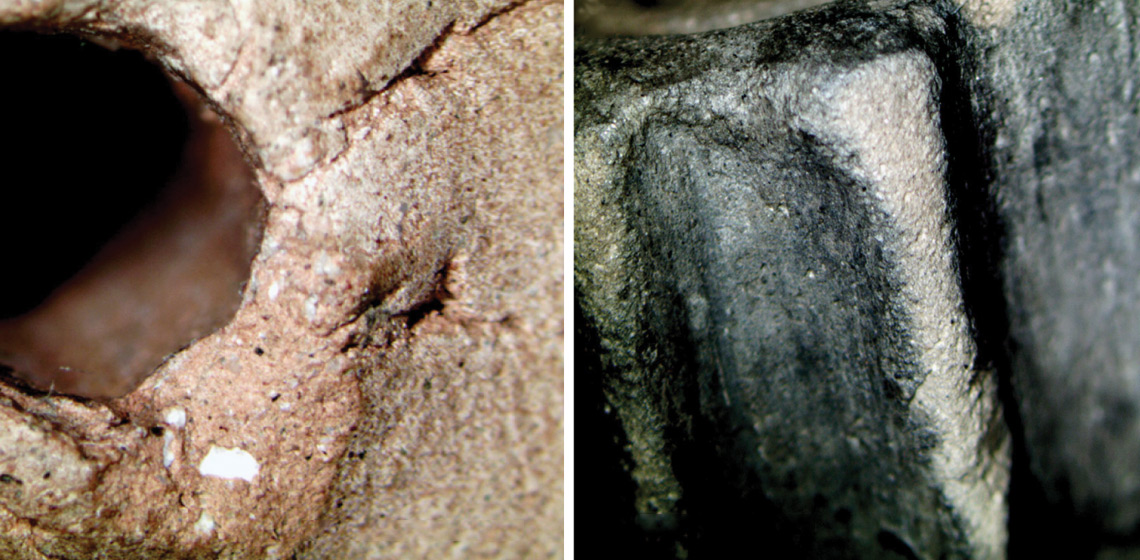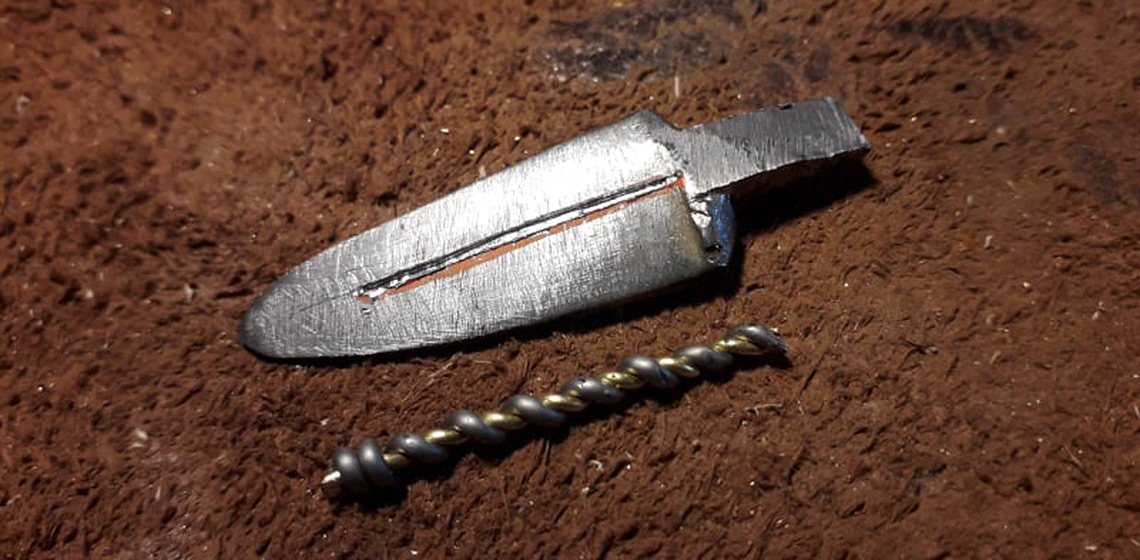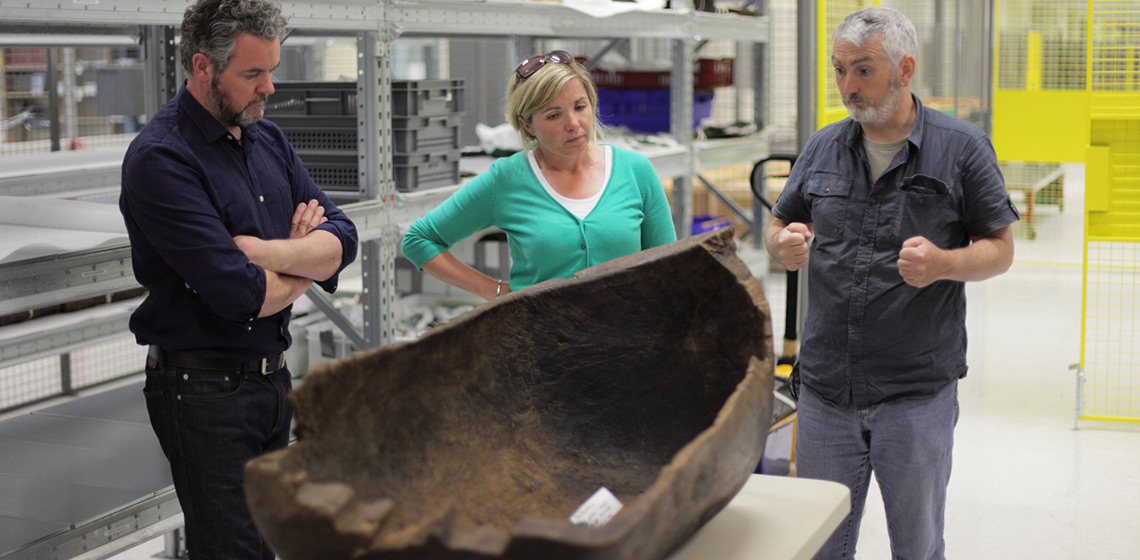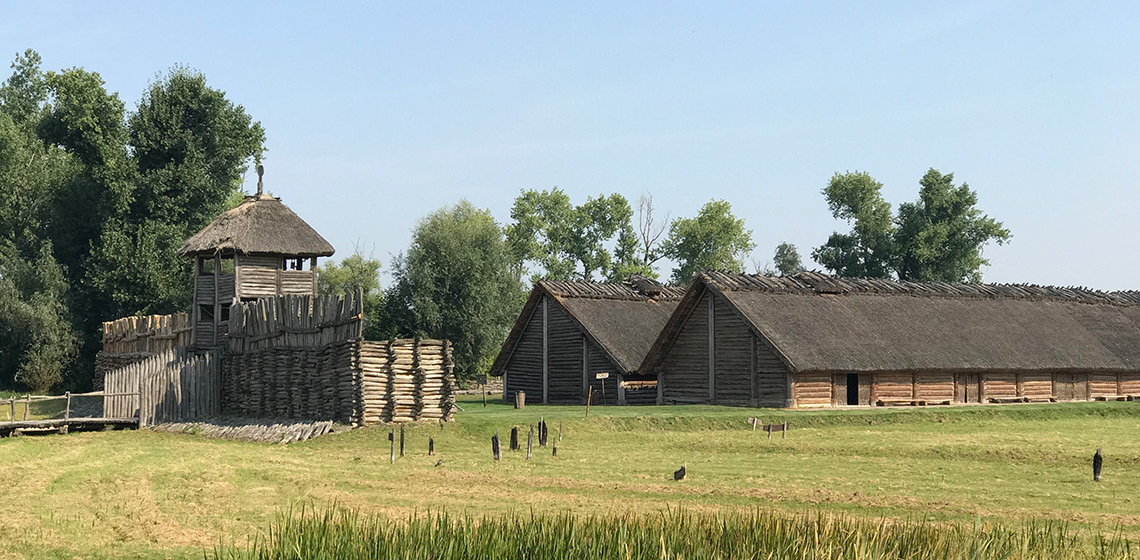EXARC Journal - Latest Articles
The Contribution of Experimental Archaeology in Addressing the Analysis of Residues on Spindle-Whorls
Introduction
Spindle-whorls are tools used for transforming the mass of fibres into yarn. These tools can be made of a large variety of materials as ceramic, bone, wood, or glass. They can vary largely in shapes (conical, biconical, lenticular, etc…), size, and weight according to archaeological contexts and chronological period of human history.
Replica of the Knife 2165 found in Flixborough a Late Anglo-Saxon Period Knife with an Inlay of Twisted Bronze and Silver Wires
Indian Students’ and Teachers’ Perceptions and Attitudes to Archaeological Content in History Textbooks
Introduction
It is well accepted that using real evidence/primary sources is an important criterion in the teaching and learning of history. The focus in classrooms in many parts of the world has already moved to using both primary and secondary sources instead of solely using school textbooks, which has made the teaching and learning of history much more useful, joyful, and productive. Archaeological remains form one of the most important of primary sources.

 The EXARC Journal (since 2004) is the leading Journal for those involved in
The EXARC Journal (since 2004) is the leading Journal for those involved in 